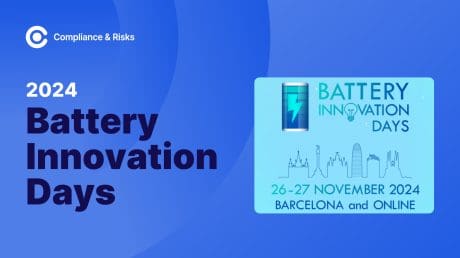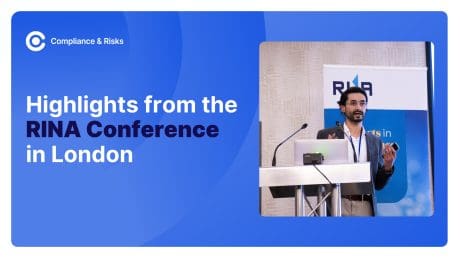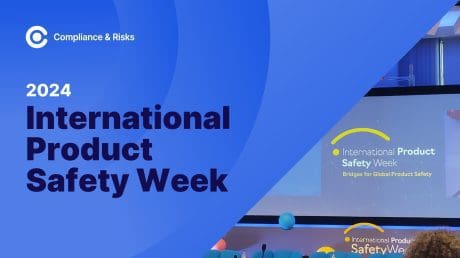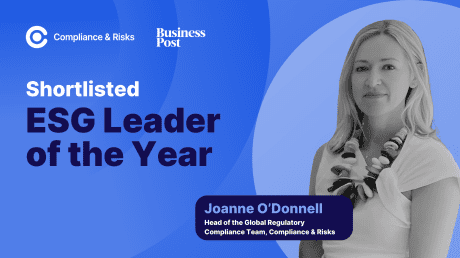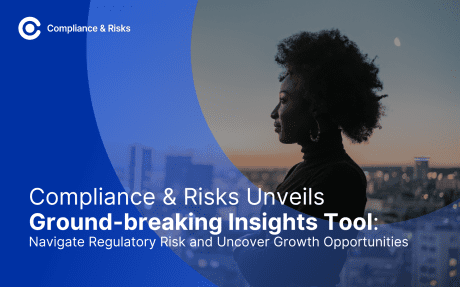
Fostering Bridges Within the Product Safety Community: Key Takeaways from ICPHSO’s Annual Symposium 2025
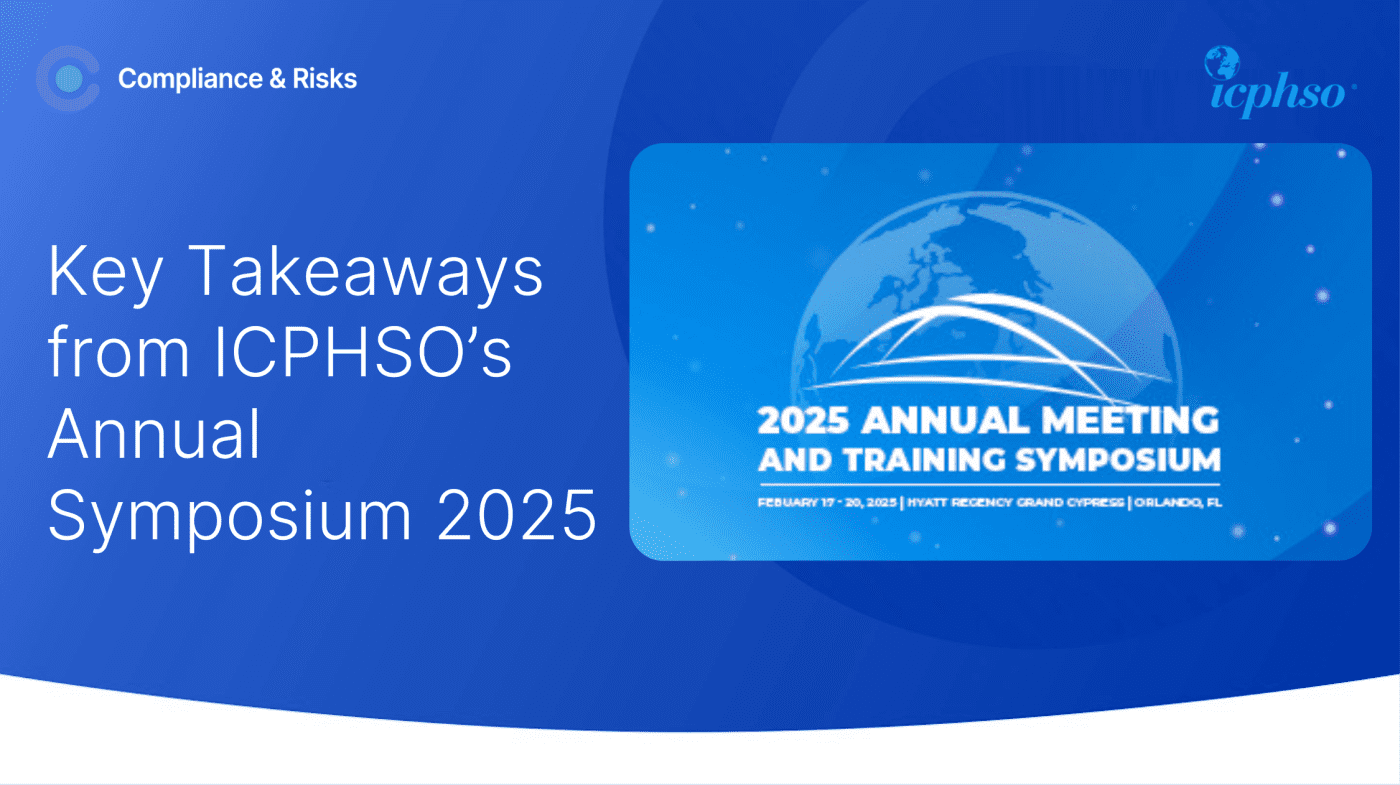
This blog was originally posted on 25th February, 2025. Further regulatory developments may have occurred after publication. To keep up-to-date with the latest compliance news, sign up to our newsletter.
AUTHORED BY JOANNE O’DONNELL, HEAD OF GLOBAL REGULATORY COMPLIANCE TEAM, COMPLIANCE & RISKS
The International Consumer Product Health and Safety Organization (ICPHSO) held its annual meeting and training symposium in Orlando, Florida from 17 to 20 February. Compliance & Risks was represented at the event by Travis Norton, Head of Content Strategy and Compliance Innovation, Amy Chen, Regulatory Compliance Consultant, and I.
As we look ahead into 2025, the landscape of consumer product safety is evolving rapidly, driven by technological advancements, political shifts, regulatory changes, and increasing consumer awareness. Here are some key takeaways from the conference that highlight the current trends and future directions in product safety.
1. The Impact of Digitalization and Artificial Intelligence (AI)
One of the most prominent themes at the conference was the role of technology in shaping product safety. Discussions centered on how to leverage AI to help transform product safety and how companies can evaluate and respond to safety incidents using AI.
Travis Norton, Compliance & Risks’ Head of Content Strategy and Compliance Innovation, moderated a very interesting session on whether AI products can be safe where panelists discussed the differences between AI safety and traditional product safety and the challenges associated with determining the foreseeable hazards of using AI in products. The role of the ASTM F3463 standard on the safety of connected consumer products as a guide for AI product safety assessments was also discussed.
The role that AI can play in processing vast amounts of data to identify regulatory trends, predict potential regulatory developments, and enable quicker, more efficient responses was also discussed. However, the reliability and accuracy of AI-driven insights were flagged as key concerns, emphasizing the need for high-quality data and continuous model training as well as ongoing validation by “humans in the loop.”
The rise of e-commerce has further complicated product safety, with online marketplaces facing increased scrutiny. The EU’s General Product Safety Regulation (GPSR) was a hot topic, with panelists discussing its implications for online sales, including the need for clearer product information, designated contact points, and swift action on recall notices.
2. Regulatory Shifts and Global Harmonization
Regulatory landscapes are shifting globally, with the EU, UK, and the US all undergoing significant changes. The UK’s impending Product Safety and Metrology Bill, the EU’s General Product Safety Regulation, and the US CPSC’s eFiling system were among the key regulatory activities discussed. These changes aim to enhance consumer protection, improve market surveillance, and address the unique challenges posed by online sales.
The conference also highlighted the complexities of global harmonization and the increasing need for regulatory alignment. While harmonization can benefit international trade and consumer safety by creating more consistent standards, achieving it is difficult due to divergent legal frameworks, resource constraints, and differing priorities. The need for collaboration among all stakeholders was emphasized to navigate these challenges and ensure that harmonization efforts lead to higher safety standards.
3. Sustainability as Key Aspect of Product Life Cycle
As consumer trust becomes increasingly intertwined with product safety and sustainability, the intersection of sustainability and safety regulations presents a growing challenge for stakeholders. The global increase in regulations encompassing both product and sustainability type obligations poses both challenges and opportunities for companies. Panelists discussed how their companies were embedding ESG principles into their product development and supply chains, fostering greater safety, transparency, and sustainability.
Key trends identified include:
- The ‘regulatory avalanche’
- Transition from voluntary to mandatory
- Disclosure, due diligence and data as a common thread – the 3D’s.
- Extra-territorial nature of regulations
- Trickle-down effect of regulations
- Sector specific regulations on the increase
- Stricter penalties and stricter enforcement
- Increased litigation particularly with regards to greenwashing
The importance of regulatory monitoring and horizon scanning tools such as C2P were highlighted as key in order to navigate the complexities and opportunities to develop safer, more sustainable products.
4. Increased US State Regulatory Activity in the Face of Decreased Federal Activity
Increasing divergence in the US between federal and state specific product safety measures was a key theme of several panels during the course of the week. The ‘Americexit’ session was particularly interesting where panelists discussed the increasing divisions in the US as individual states add their own product safety requirements, resulting in a patchwork quilt effect of regulatory obligations. President Trump’s’ ‘10-to-1 Deregulation initiative’ launched on 31 January calling for 10 regulations to be repealed for every regulation enacted was a key talking point.
Several panels highlighted the increased importance of regulations at US state level and forecast that states will ramp up their legislation to protect their inhabitants and the environment particularly in the areas of PFAS, plastics, EPR, and ESG. For example, product-specific PFAS rules already exist in several states (California, Colorado, Connecticut, Hawaii, Maryland, New Hampshire, New York, Oregon, Rhode Island, Vermont, Washington) whilst broad ban PFAS laws have been set in Maine and Minnesota along with existing regulatory PFAS regimes in Washington and California.
5. Consumer Engagement and Transparency
Effective communication with consumers is crucial for product safety. Panels discussed the need to layer communication methods, utilizing various technologies to ensure that safety messages reach and resonate with consumers. Transparency was also highlighted as a key factor in building trust and fostering a culture of compliance. Increased global regulations on green claims and greenwashing were also discussed, requiring companies to ensure that all such claims are verified, appropriately communicated and backed up by accurate data.
Looking Ahead
The ICPHSO 2025 symposium in Orlando offered crucial insights into the dynamic and rapidly changing realm of product safety. As highlighted above, several key factors are driving this evolution:
- First, the increasing integration of AI is revolutionizing how product safety is managed, from risk assessment and incident response to regulatory trend analysis.
- Second, the shifting regulatory landscape, marked by new legislation and updates in major markets like the EU, UK, and US, demands constant vigilance.
- Third, volatile political and geopolitical tensions are adding another layer of complexity, potentially leading to trade disruptions and fluctuating regulatory priorities.
- Finally, heightened consumer awareness and expectations regarding product safety and sustainability are pushing companies to adopt more transparent and responsible practices.
Given these multifaceted influences, continuous regulatory tracking and horizon scanning are not merely advisable, but absolutely essential. Companies must proactively monitor both existing and emerging regulations to ensure compliance, mitigate risks, and stay ahead of the curve in this ever-evolving field.
Stay Ahead Of Regulatory Changes
Want to stay ahead of these regulatory developments?
Accelerate your ability to achieve, maintain & expand market access for all products in global markets with C2P – Your key to unlocking market access, trusted by more than 300 of the world’s leading brands.
C2P is an enterprise SaaS platform providing everything you need in one place to achieve your business objectives by proving compliance in over 195 countries.
C2P is purpose-built to be tailored to your specific needs with comprehensive capabilities that enable enterprise-wide management of regulations, standards, requirements and evidence.
Add-on packages help accelerate market access through use-case-specific solutions, global regulatory content, a global team of subject matter experts and professional services.
- Accelerate time-to-market for products
- Reduce non-compliance risks that impact your ability to meet business goals and cause reputational damage
- Enable business continuity by digitizing your compliance process and building corporate memory
- Improve efficiency and enable your team to focus on business critical initiatives rather than manual tasks
- Save time with access to Compliance & Risks’ extensive Knowledge Partner network
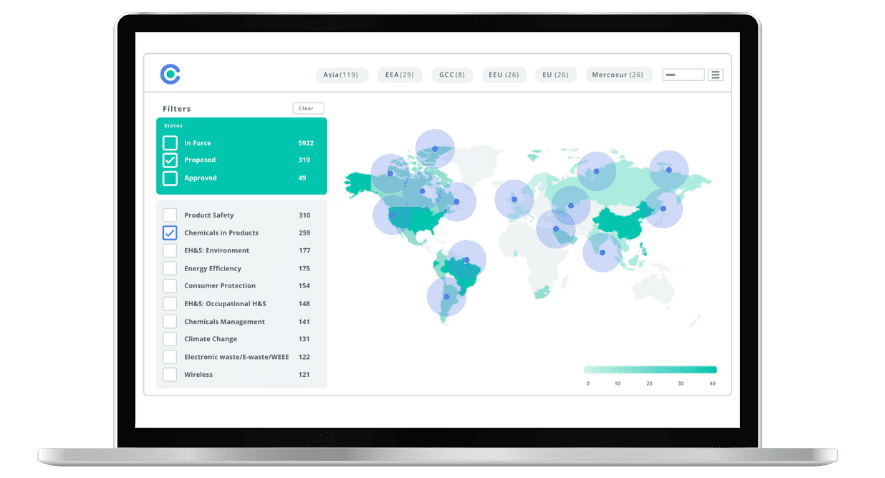
Bird’s Eye View of Global AI Regulations: US, EU, UK, Singapore and China
Join us as our experts break down the latest AI regulatory trends in key markets, including the US, EU, UK, Singapore and China.


